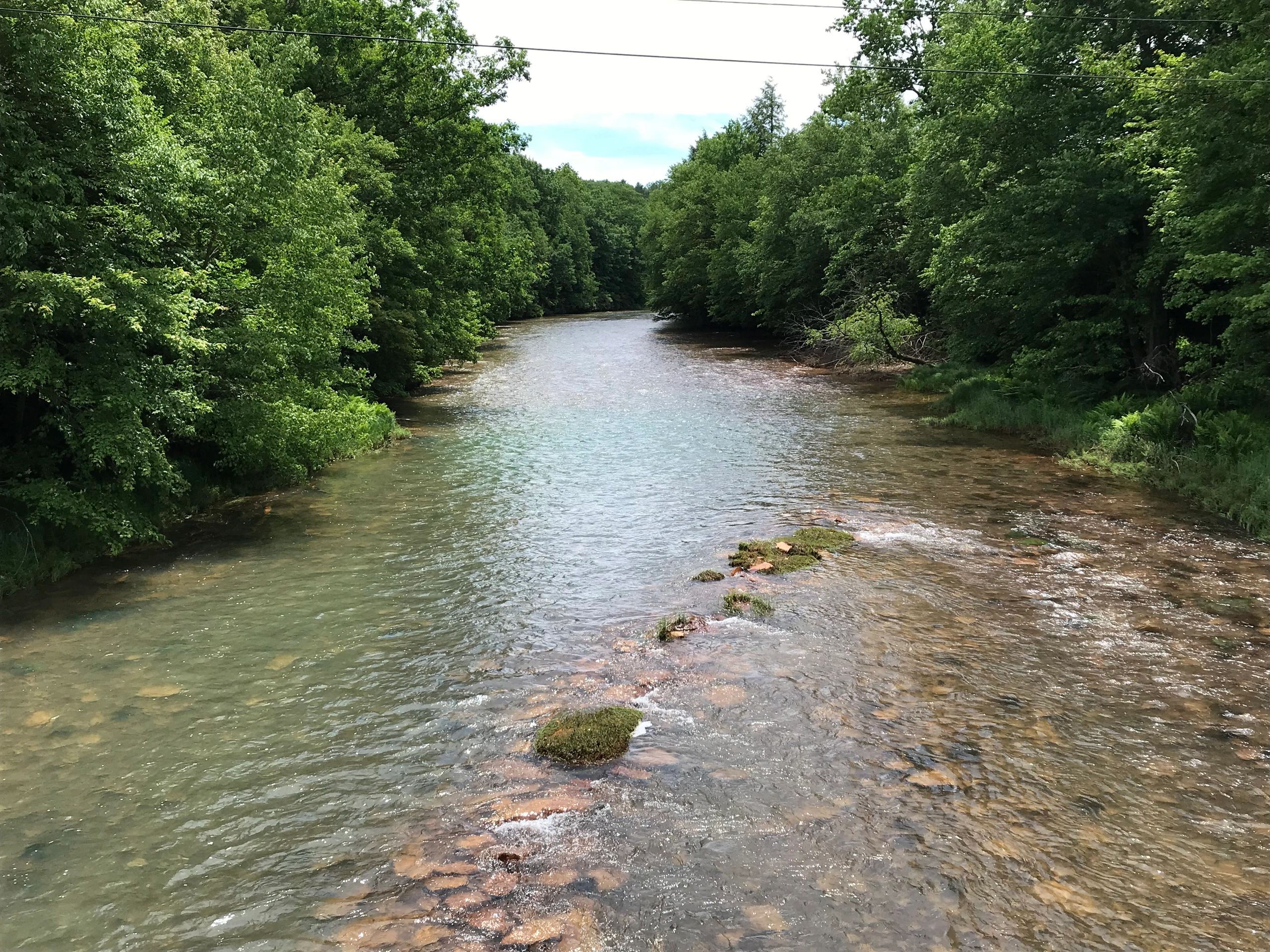That’s correct, but doesn’t negate Salmonid’s specific comments about ST. It is possible that the larger streams in question were warm enough at least in their lower ends to support SMB had they been introduced prior to the vast amount of logging that took place. How warm these streams really were in the pre-logging days could be implied if some of the books written about ST in northcentral Pa also happened to mention other species that were caught as by-catch. Do they?
To somewhat illustrate my point, here’s an example from SE Pa, specifically the headwaters region of the Schuylkill R. The Schuylkill R proper almost certainly supported a ST population and even today supports a diminished population close to Port Carbon, located immediately upstream from Pottsville (The very headwaters support a good population).. The historical record describes the upper geographical limits of American shad, striped bass, and white perch movements or catches as being Port Carbon. These species temperature preferences certainly differ from the temperature preferences of ST, which suggests to me that longitudinally the Schuylkill may have started to seasonally warm beyond the temp preferences of ST upon reaching the Port Carbon area or that the sparse leading edge of these migratory fish populations pushed upstream as far as Port Carbon into water temps that allowed some overlap throughout the year just like striped bass (limited numbers), BT and RT overlap in a portion of the upper Delaware. Knowing how fish species populations transition longitudinally…usually somewhat gradually without human influence on water temps… the historical comments do not suggest to me that there was absolutely no overlap among the migratory species and residents (ST) in Port Carbon, at least on a seasonal basis. It only suggests to me that Port Carbon may have been geographically close to the point where ST populations dropped off substantially in a downstream direction absent additional cooling from tribs, such as the West Branch. The point here is that with some sense of species composition or mix, one can derive a better sense of what may have been true and what may have been angling lore.
So, you readers of all things brook trout and/or Pa angling history, do any authors shed light on other species that were present in these larger northcentral Pa streams that individuals associate with larger ST of the past, such as the Loyalsock, Pine, or Kettle? If so, are the geographical locations mentioned or implied along with the species that are mentioned?

 moshannoncreek.org
moshannoncreek.org



